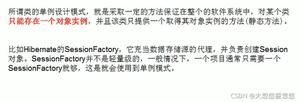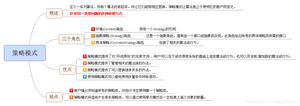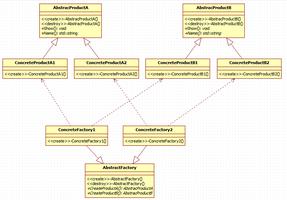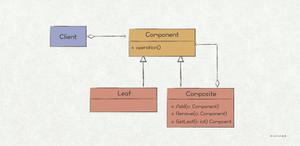管道设计模式的实现
这是关于管道实施的设计问题。以下是我的幼稚实现。
管道中各个步骤/阶段的接口:
public interface Step<T, U> { public U execute(T input);
}
管道中的步骤/阶段的具体实现:
public class StepOne implements Step<Integer, Integer> { @Override
public Integer execute(Integer input) {
return input + 100;
}
}
public class StepTwo implements Step<Integer, Integer> {
@Override
public Integer execute(Integer input) {
return input + 500;
}
}
public class StepThree implements Step<Integer, String> {
@Override
public String execute(Integer input) {
return "The final amount is " + input;
}
}
管道类将保存/注册管道中的步骤,并一个接一个地执行它们:
public class Pipeline { private List<Step> pipelineSteps = new ArrayList<>();
private Object firstStepInput = 100;
public void addStep(Step step) {
pipelineSteps.add(step);
}
public void execute() {
for (Step step : pipelineSteps) {
Object out = step.execute(firstStepInput);
firstStepInput = out;
}
}
}
Diver程序执行管道:
public class Main { public static void main(String[] args) {
Pipeline pipeline = new Pipeline();
pipeline.addStep(new StepOne());
pipeline.addStep(new StepTwo());
pipeline.addStep(new StepThree());
pipeline.execute();
}
}
但是,您可以看到,幼稚的实现有很多限制。
主要要求之一是,由于要求每个步骤的输出可以是任何类型,因此朴素的实现不是类型安全的(Pipeline类中的execute方法)。如果我碰巧错误地连接了管道中的步骤,则该应用程序将失败。
谁能通过添加已编码的内容来帮助我设计解决方案,或者将我指向已经存在的模式来解决此问题?
回答:
我会专注于
如果我碰巧错误地连接了管道中的步骤,则该应用程序将失败。
是的,这是一个问题。StepThree是这里的陌生人。我认为没有一种简单的模式可能会有所帮助,但我确实认为它必须是策略和构建器模式的组合。例如:
Pipeline<Integer,Integer> intPipe = new Pipeline<>();intPipe = intPipe.add(new StepOne()); // increment 100
intPipe = intPipe.add(new StepTwo()); // increment 500
Pipeline<String, Integer> strPipe = intPipe.add(new StepThree()); // convert
管道是这样的:
public static class Pipeline<IN, OUT> { //...
public<A> Pipeline<OUT,A> add(Step<IN,A> step) {
pipelineSteps.add(step);
return (Pipeline<OUT,A>)this;
}
}
使用快速生成器语法可以正常工作:
Pipeline<String, Integer> pipe = new Pipeline<Integer, Integer>() .add(new StepOne()).add(new StepTwo()).add(new StepThree());
这应该起作用,因为泛型不是字节码的一部分。
以上是 管道设计模式的实现 的全部内容, 来源链接: utcz.com/qa/404282.html








